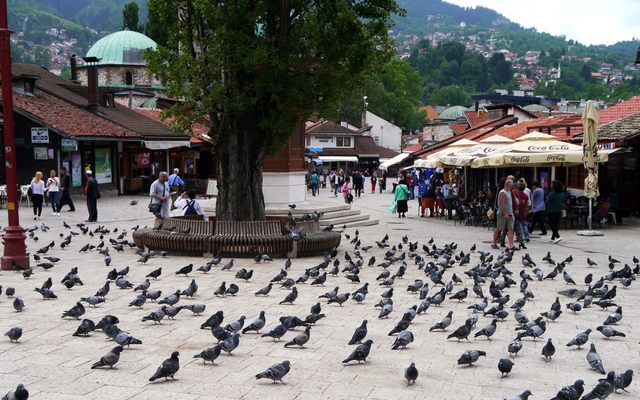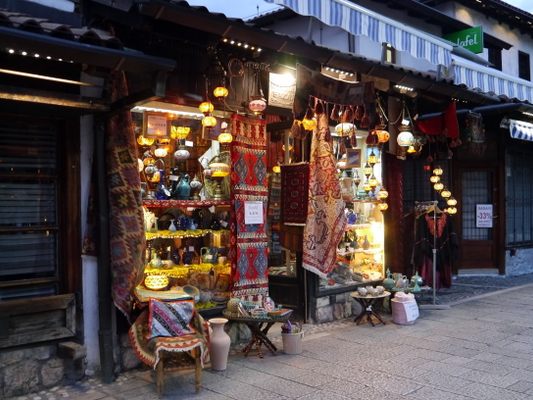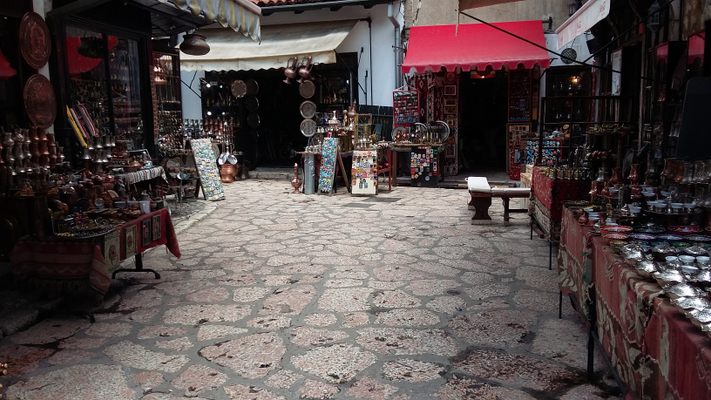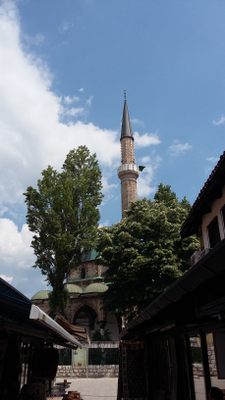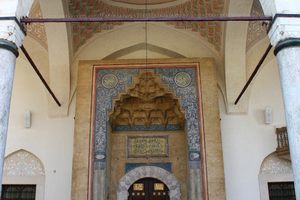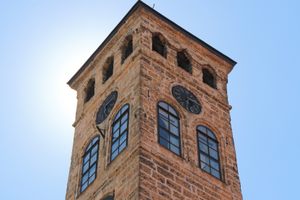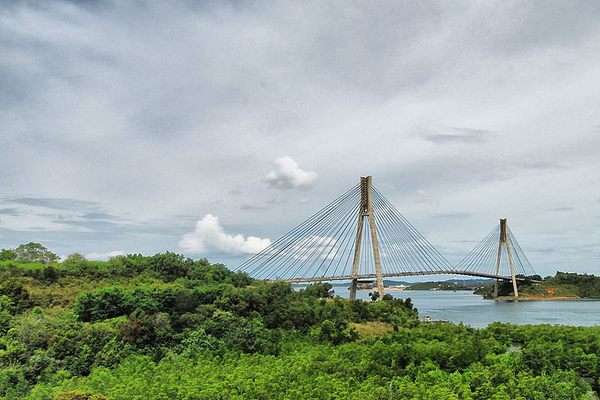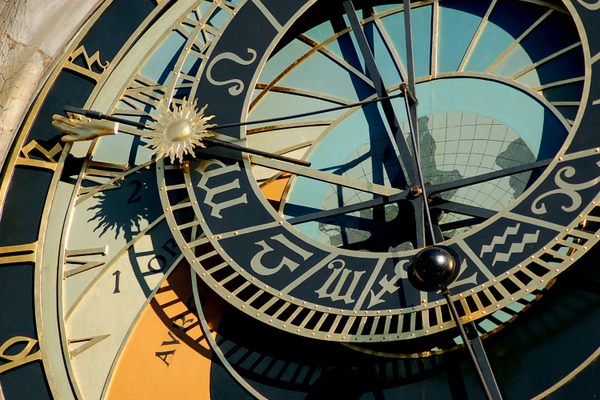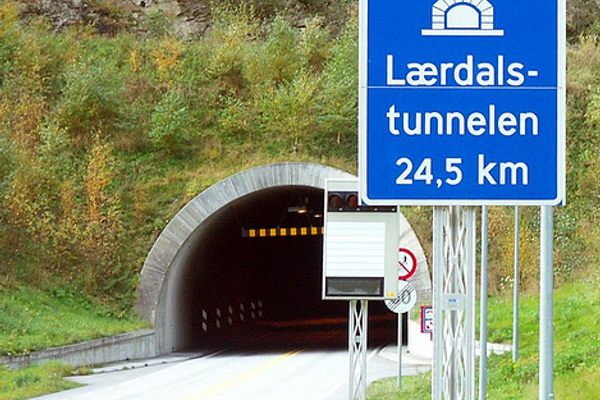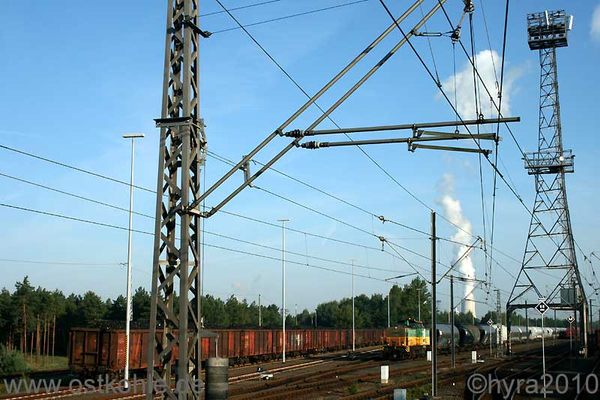About
Baščaršija is the main tourist attraction of Sarajevo. Located at the heart of the city, this bazaar is one of Sarajevo's oldest areas as well as a well-preserved example of oriental architecture in the Balkans.
The name Baščaršija is derived from two Turkish words, "baş" meaning "head" or in this case "main," and "çarşı," a commercial street. Situated along the northern bank of the Miljacka River, Baščaršija is an oriental bazaar, a maze of narrow streets with small shops where craftsmen make and sell their products. At one time, each street was dedicated to a different type of craft: metalwork, jewellery, pottery and so on. Nowadays, many of the old artisan shops have been converted to souvenir shops and cafes.
Many cities and towns in Bosnia have followed the same historical pattern. Townsfolk, craftsmen and merchants whose livelihoods depended greatly on long-distance trade and good relations with the ruling power converted to Islam, while the countryside remained largely Orthodox. Like many oriental cities, Sarajevo was divided into a residential area or "mahala" and a commercial zone or "çarşı" (a "čaršija" in Bosnian/Croatian/Serbian.)
By Balkan standards, Sarajevo is a relatively new city, founded after the Ottoman conquest. The history of Baščaršija begins in 1462, when Isa-beg Ishaković, Ottoman governor of Bosnia, built a caravanserai, a kind of oriental roadside service station where travellers could find lodging, fodder for horses, exchange money and repair their carts.
The golden period of Baščaršija came in the 17th century, when it contained more then a thousand shops practicing over eighty different crafts.
In the 19th century, the bazaar suffered a devastating fire which cut its area roughly in half. At that time Bosnia was a province of the Austro-Hungarian Empire, and imperial authorities wanted to convert Sarajevo into a "modern" European city. Accordingly, they did little to preserve what they saw as a backwards oriental bazaar.
After the Second World War, the cultural and historical significance of Baščaršija was reassessed, and it gradually became the symbol of the city again.
Related Tags
Balkans Road Trip: Serbia, Croatia & Bosnia and Herzegovina
Traverse the beauty and history of the Balkans through locals' stories.
Book NowCommunity Contributors
Added By
Published
May 17, 2010












